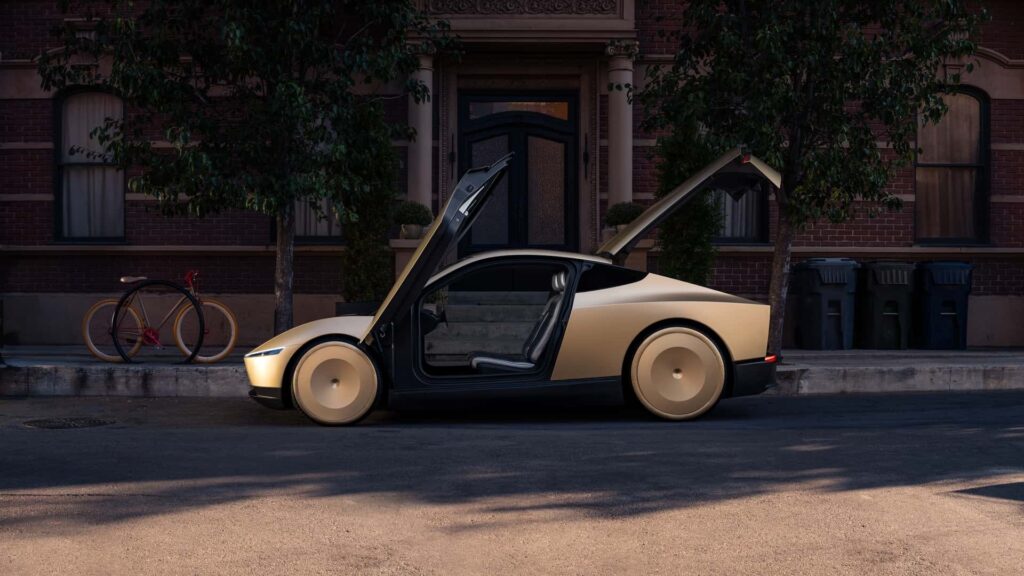EU Regulator Tells Tesla Fans To Quit Acting Like Spam Bots After FSD Denial

- RDW denies Tesla’s claim it committed to approving FSD by February.
- Tesla urged fans to contact the regulator, sparking a backlash online.
- Experts warn such tactics risk undermining regulatory independence.
Tesla took to X over the weekend to announce that Dutch automotive safety regulator RDW had committed to approving its Full Self-Driving (Supervised) system in February 2026. As it turns out, Elon Musk’s company jumped the gun, and the agency made no such commitment.
Watch: Tesla Fans Gave FSD The Wheel For Elon’s Coast-To-Coast Trip
The claim sparked quick clarification from the regulator and a flurry of online chatter about Tesla’s ongoing bid to expand FSD beyond American roads.
While Tesla has been offering its Full Self-Driving system in the United States for years, it hasn’t been able to do the same in Europe.
Europe’s Roadblock
According to the carmaker, it has already provided FSD demonstrations “to regulators of almost every EU country” and believes the most effective path to rolling out the system across the continent is through the RDW, with the goal of securing an exemption for the feature.
In its X post, Tesla Europe & Middle East proclaimed that “RDW has committed to granting Netherlands National approval in February 2026.” The company even urged followers to contact the regulator directly to “express your excitement & thank them for making this happen as soon as possible.”
However, the regulator quickly pushed back. In a statement published on its website, the regulator explained that it expects Tesla to demonstrate FSD next February, but it denied making any commitment to approval.
Tesla has been working hard toward shipping Full Self-Driving (Supervised) in Europe for over 12 months now. We have given FSD demos to regulators of almost every EU country. We have requested early access, pilot release programs or exemptions where possible.
— Tesla Europe & Middle East (@teslaeurope) November 22, 2025
We have developed…
“We do not share details about ongoing applications from manufacturers, as this concerns commercially sensitive information,” it wrote. “Both RDW and Tesla are aware of the efforts needed to reach a decision on this matter in February. Whether this timeline will be met is yet to be determined in the coming period.”
Regulator Grows Tired of Tesla Fans’ Calls
The regulatory agency also asked Tesla’s fans to stop contacting it about FSD, noting that “it takes up unnecessary time for our customer service,” adding “this will have no impact whatsoever on whether or not the schedule will be met.”
Recently, Tesla boss Elon Musk said, “pressure from our customers in Europe to push the regulators to approve would be appreciated.”
Speaking with Bloomberg, the head of safe autonomy at the University of Warwick, Siddartha Khastgir, said it’s unusual to see a carmaker attempting to pressure the RDW.
“An approval process of an automated driving system is a deeply technical one to ensure the safety of the public,” he explained. “The sanctity of any such approvals is ensured by its independence and rigor, not force. While public sentiment is important for all authorities, this shouldn’t undermine the rigor of the approval process.”















